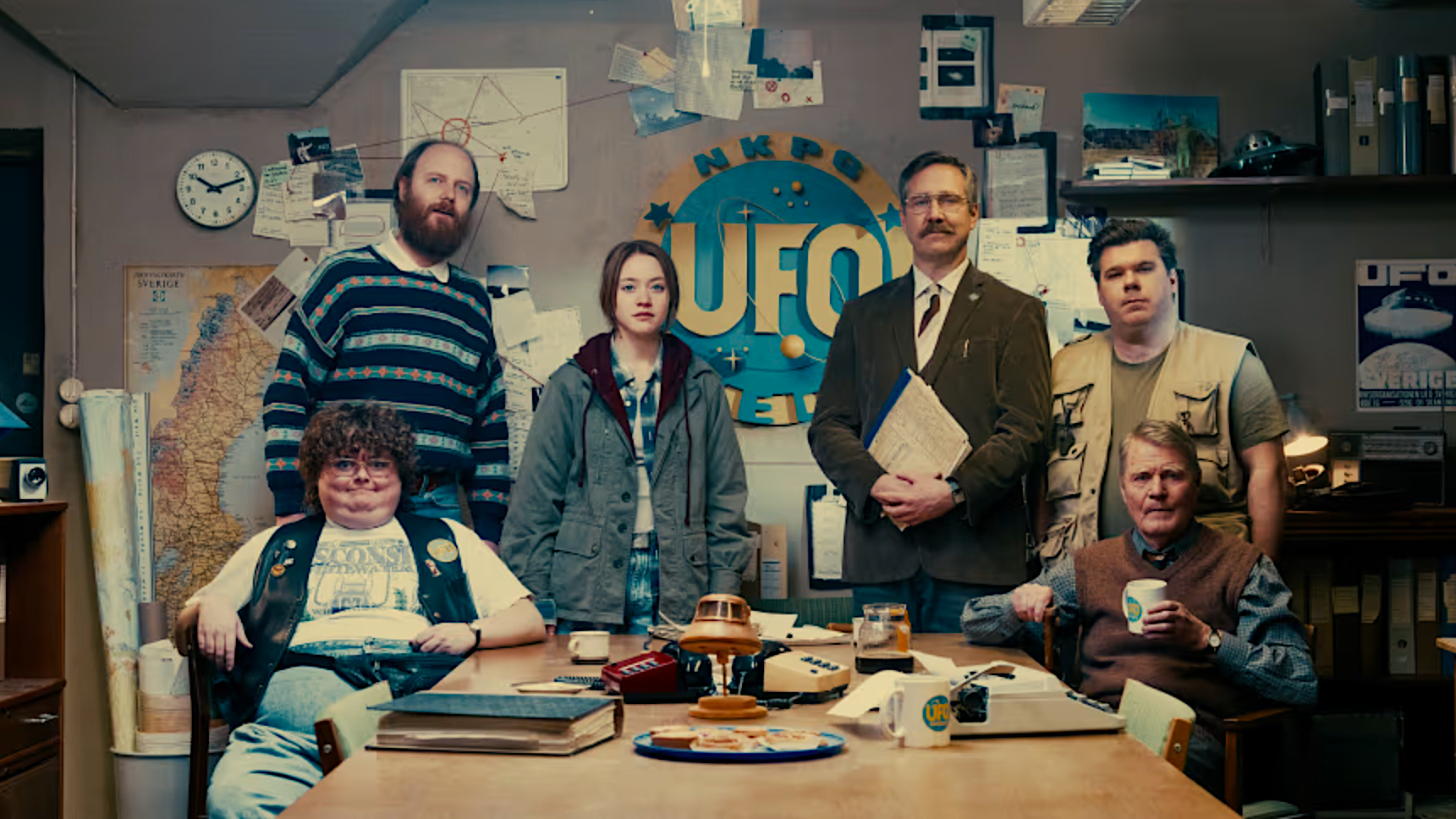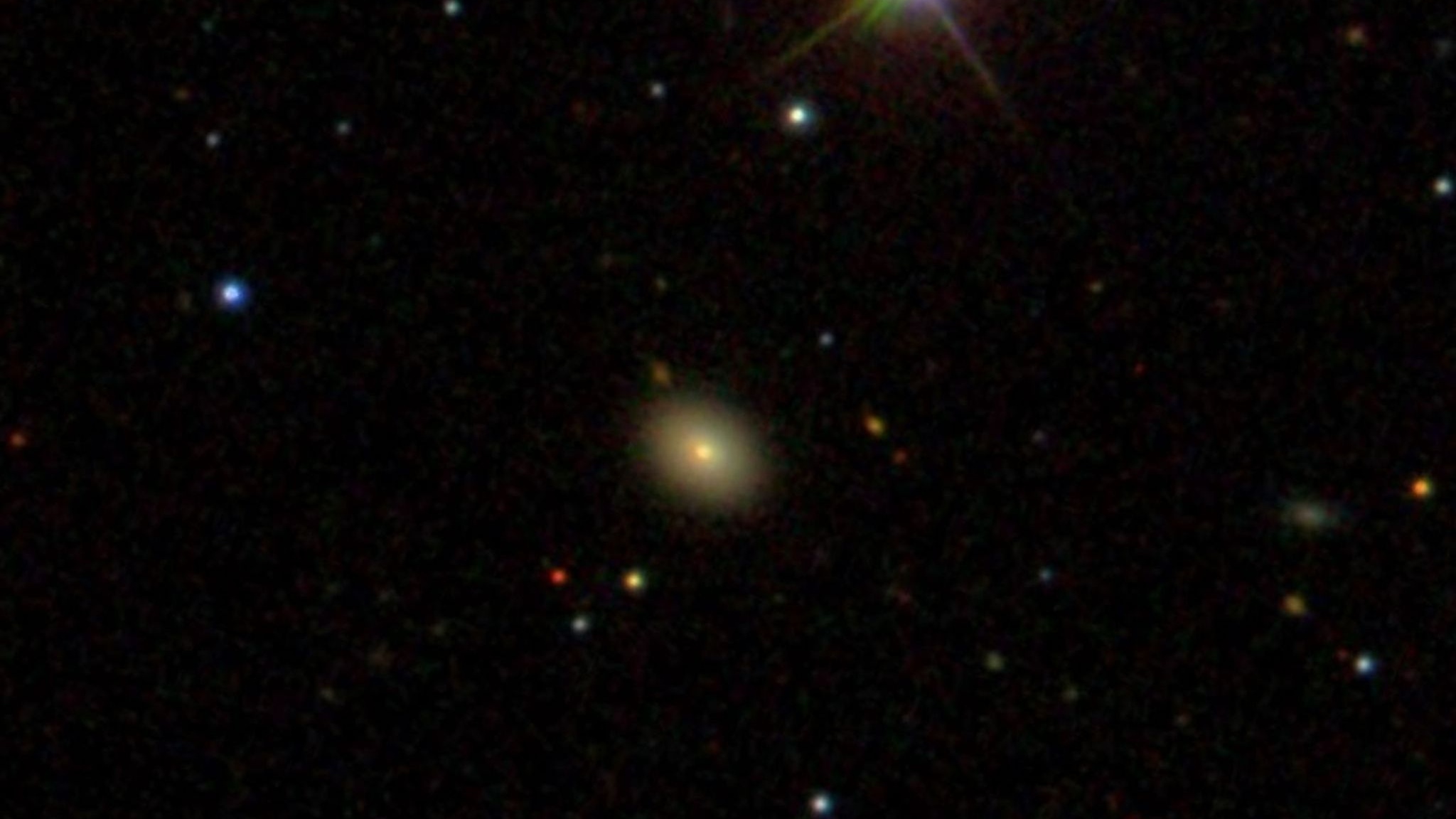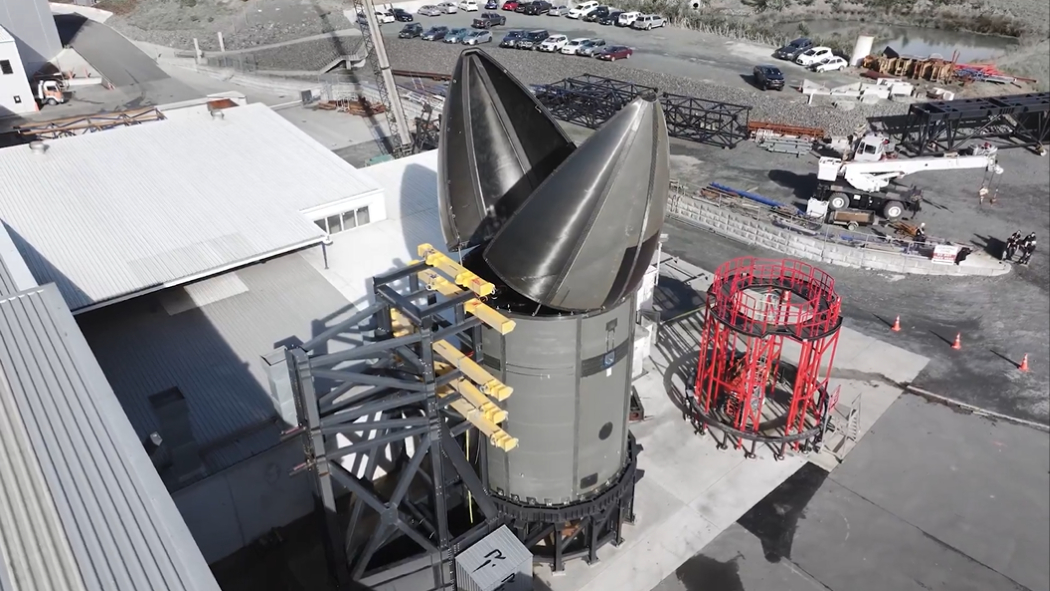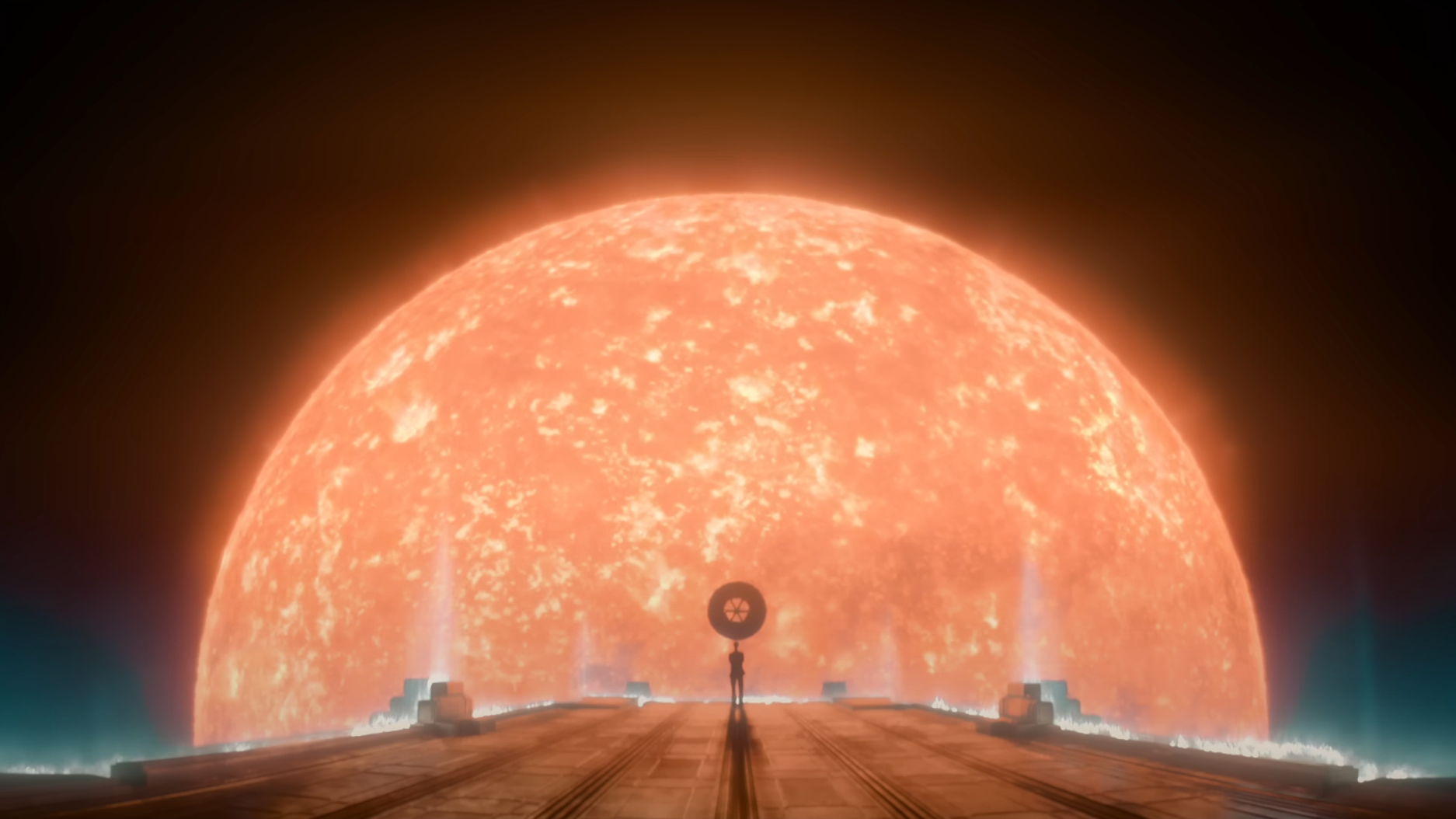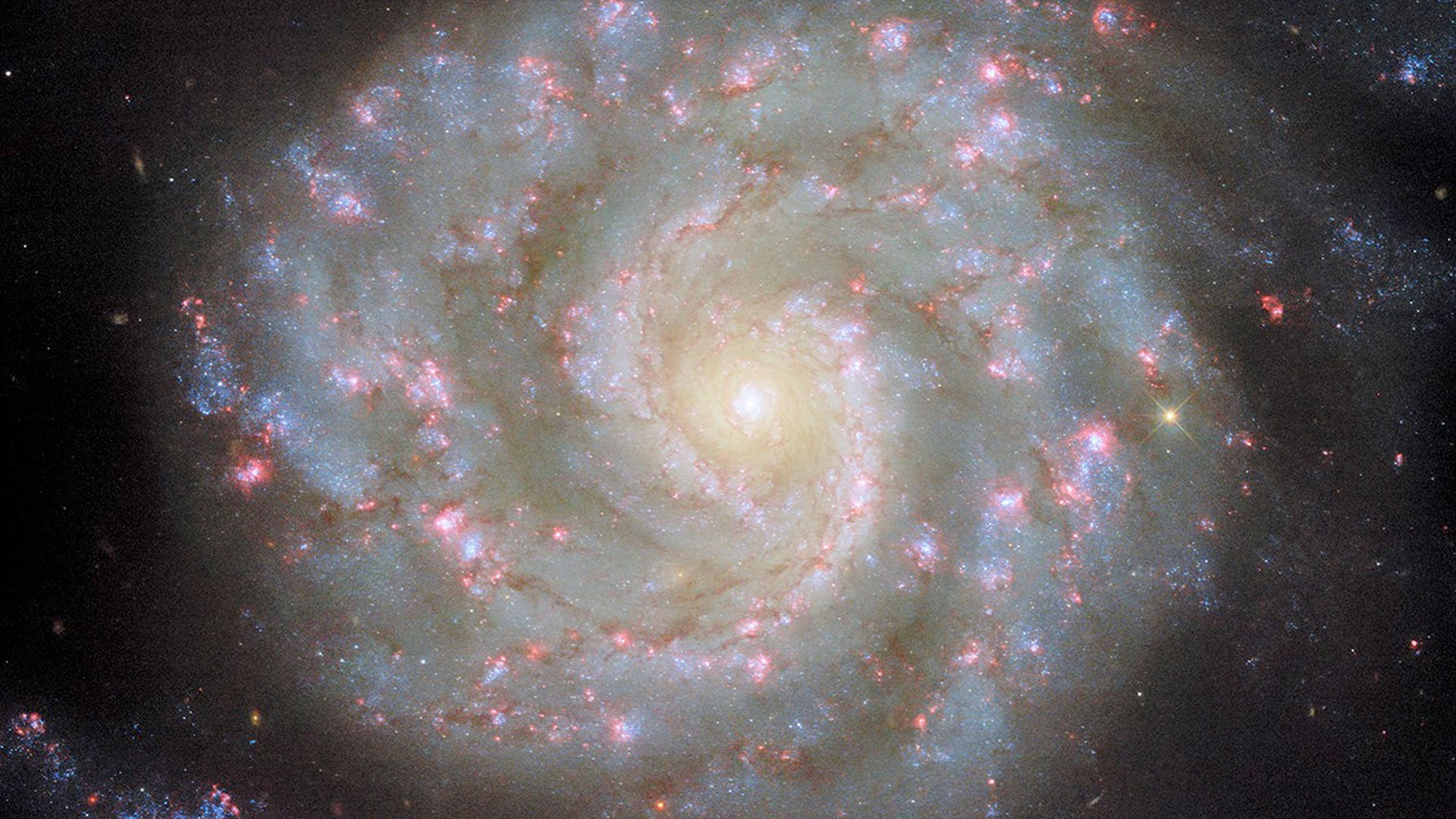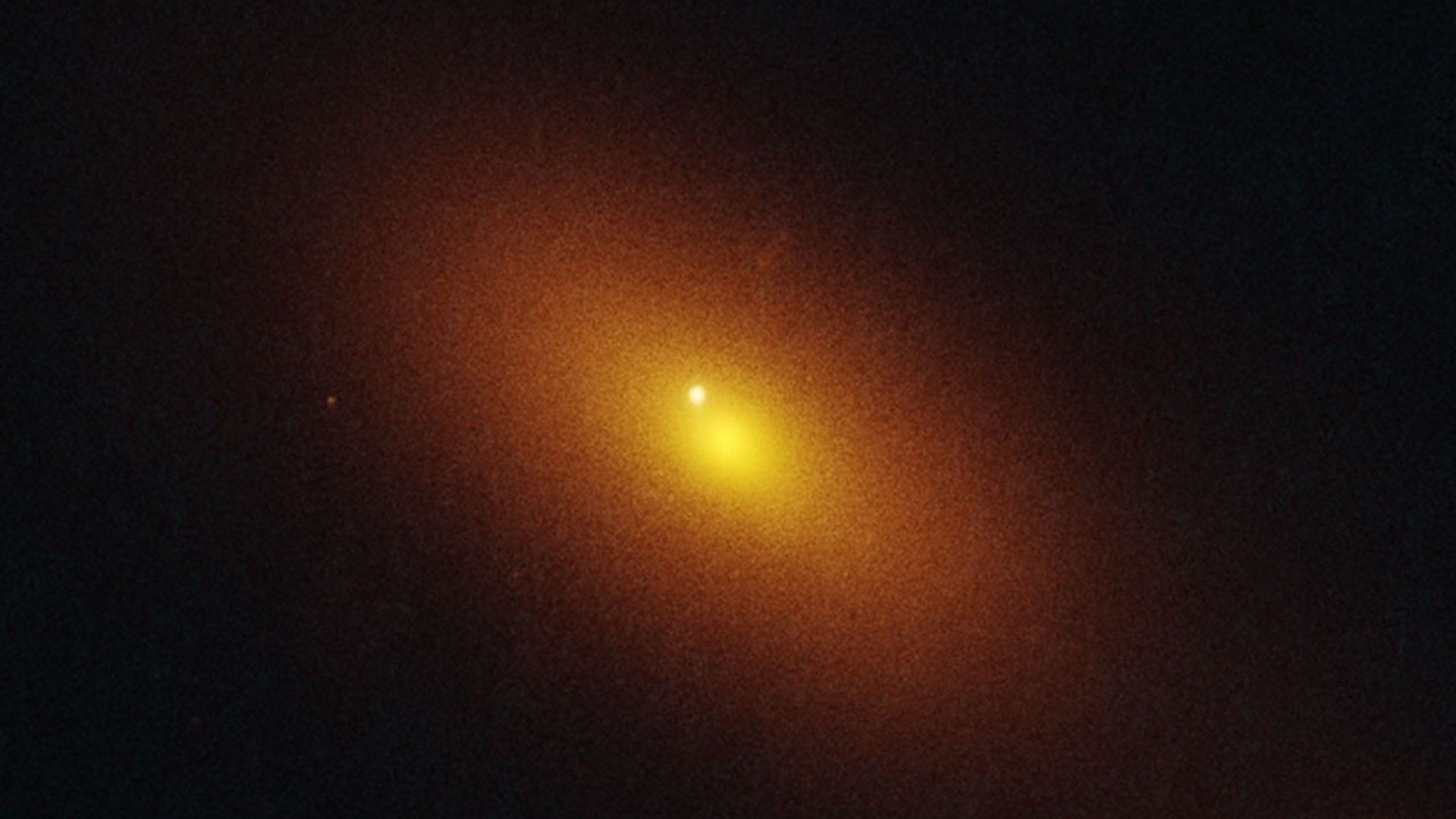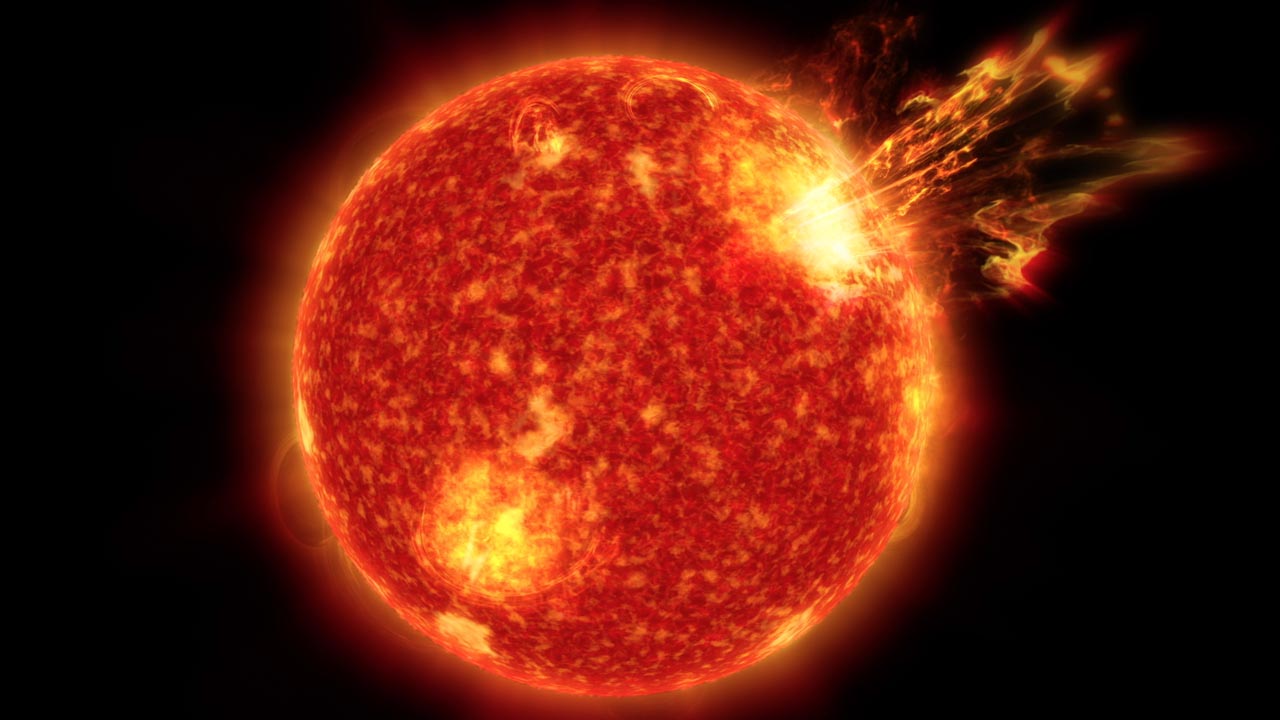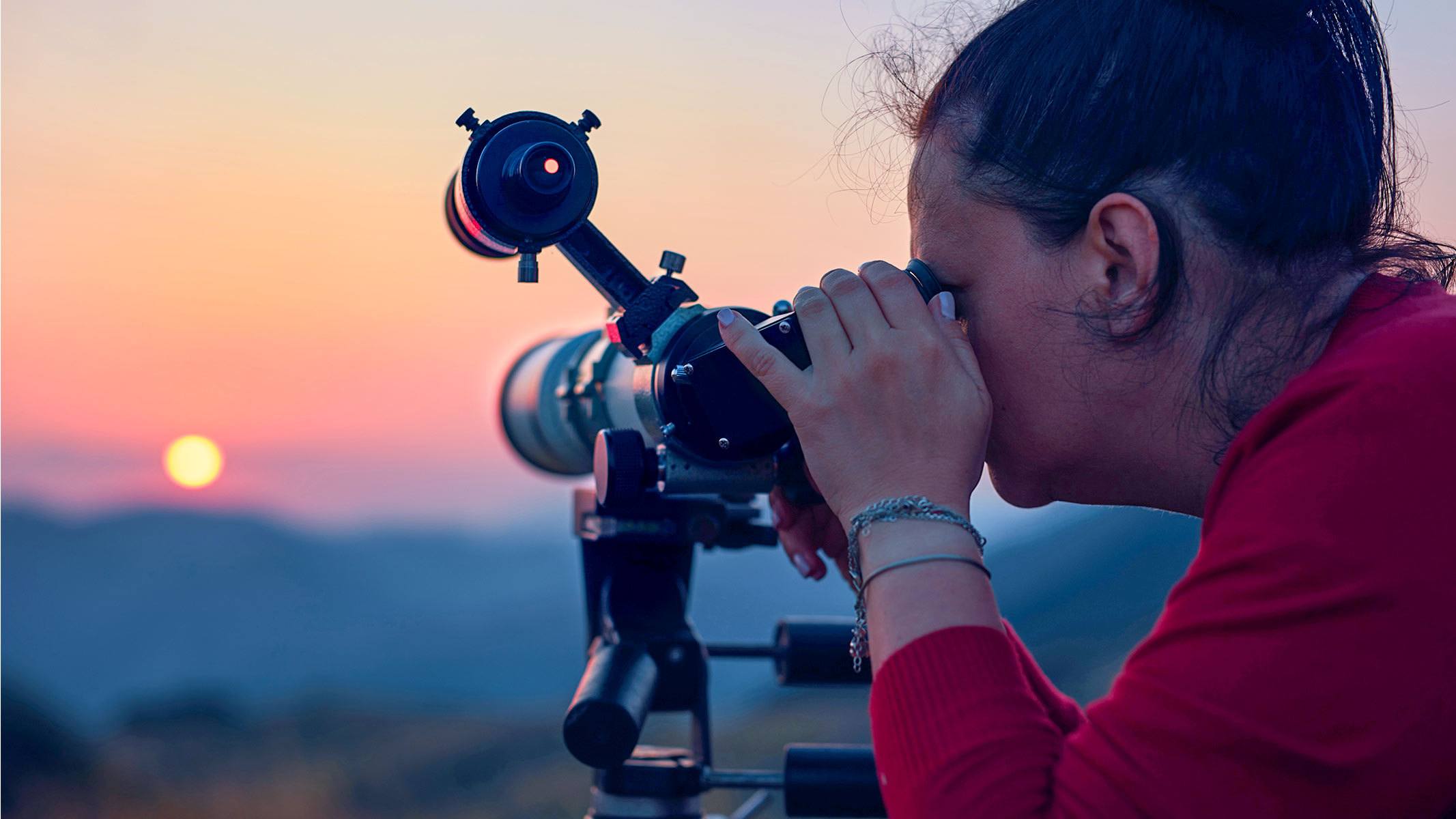Bezos' Blue Origin to Set Up Rocket HQ in Washington State
TheSeattle-based Blue Origin rocket company, bankrolled by Jeff Bezos, founder of Amazon.com,plans to set up corporate headquarters and primary operations in the city of Kent, Washington next year.
Secretivein their rocket work, Blue Origin is developing a passenger-carrying verticaltakeoff and landing rocket.
Accordingto a recent statement from the City of Kent's mayor, Jim White, Blue Originwill house the rocket firm's research, design, and manufacturing, assembly, andtest operations in the city of 84,000 people, creating a capacity for up to 100jobs.
Blue Originexecutives anticipate that the company's launch facility in West Texas,combined with its new Kent headquarters, will support the rocket group'slong-term mission, "to enable an enduring human presence in space."
"We werewon over by Kent's attractive business climate," said Rob Meyerson, Blue OriginProgram Manager, in a press statement issued by the City of Kent. "It iscentrally located with easy access to major transportation corridors," Meyersonstated.
Kent's proximity to SeaTac airport andits location as a mass transit hub was a factor in Blue Origin's decision toestablish its new headquarters in the city, White said.
Texas takeoffs
Get the Space.com Newsletter
Breaking space news, the latest updates on rocket launches, skywatching events and more!
Earlierthis year, details regarding Blue Origin's rocket work were highlighted inpublic meetings held in Texas. The rocket company is building launch facilitiesin Culberson County, Texas, put in place to test a series of launch vehicles,the first of which will take off and land vertically, carrying three or moreastronauts to the edge of space, according to statements made at the time byMeyerson.
The launchsite on privately-owned property is to comprise about 800 acres of the167,000-acre Corn Ranch.
During theWest Texas town meetings, Meyerson said Blue Origin anticipates a flight testof its vehicle in the fourth quarter of 2006--a time frame that depends onreadiness of the vehicle and launch site, he added.
Incrementalconstruction of the launch site and facilities were to begin in early 2006,taking about a year to complete.
Flighttesting is to span three to five years before regular commercial flights wouldstart, Meyerson said. During the testing phase, he said that he anticipatedlaunching less than 25 times a year.
Testprogram
Accordingto a briefly-posted document on the Blue Origin web site, the group's reusablelaunch vehicle (RLV) would haul paying passengers on suborbital jaunts. Thegroup's rocket would be comprised of a propulsion module and a crew capsule.Hydrogen peroxide and kerosene are to be used as propellants.
The Bezosbooster would be fully reusable, flying autonomously under control of on-boardcomputers. There would be no ground control during nominal flight conditions,the document explained.
Taking offvertically from a concrete pad, the craft would land vertically in an area nearthe launch site. That flight profile is similar to the trajectory flown by thePentagon/NASA-sponsored Delta Clipper Experimental (DC-X).
The DC-Xwas built under contract at McDonnell Douglas and repeatedly flew from the White Sands Missile Range in New Mexico starting in the early 1990s.
Blue Originsaid it intended to perform unmanned RLV developmental test flights from theproposed facility beginning in the third quarter of 2006. Once the technologyhad been thoroughly tested, passenger flight service using the RLV would occurat a maximum rate of 52 launches per year. The RLV was identified as beingcapable of carrying three or more passengers per operation.
According to aSPACE.com source, Blue Origin has tested an unpiloted vertical takeoffand vertical landing platform, purportedly powered by four turbojets. Shakeouttesting of the platform's control system took place in Central Eastern Washington State.
Join our Space Forums to keep talking space on the latest missions, night sky and more! And if you have a news tip, correction or comment, let us know at: community@space.com.

Leonard David is an award-winning space journalist who has been reporting on space activities for more than 50 years. Currently writing as Space.com's Space Insider Columnist among his other projects, Leonard has authored numerous books on space exploration, Mars missions and more, with his latest being "Moon Rush: The New Space Race" published in 2019 by National Geographic. He also wrote "Mars: Our Future on the Red Planet" released in 2016 by National Geographic. Leonard has served as a correspondent for SpaceNews, Scientific American and Aerospace America for the AIAA. He has received many awards, including the first Ordway Award for Sustained Excellence in Spaceflight History in 2015 at the AAS Wernher von Braun Memorial Symposium. You can find out Leonard's latest project at his website and on Twitter.
